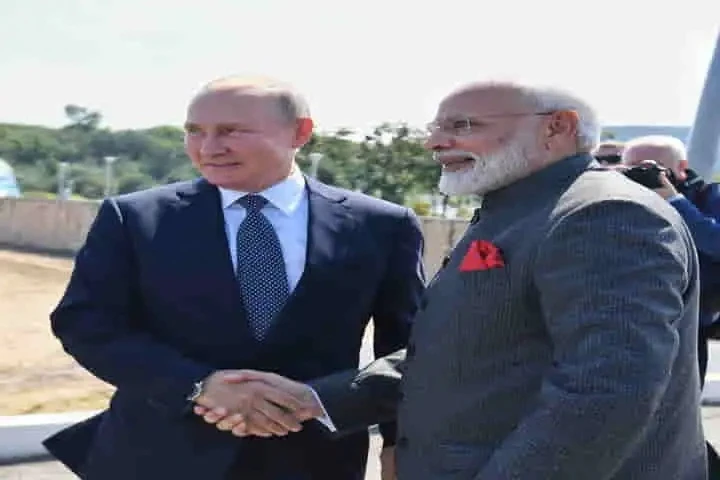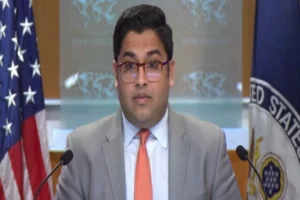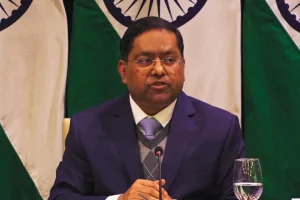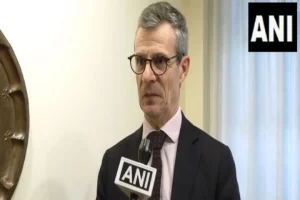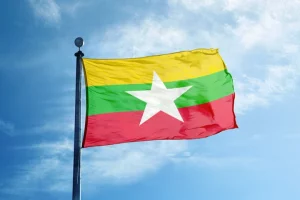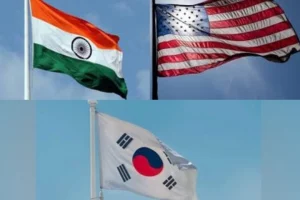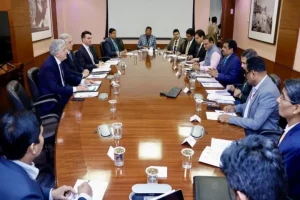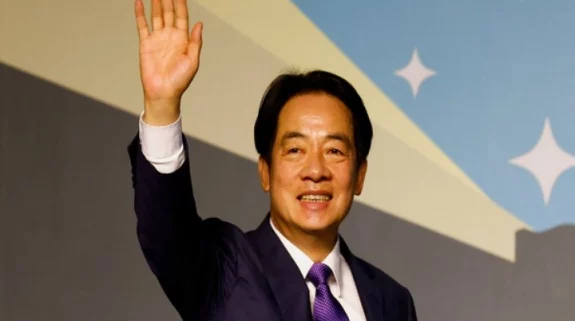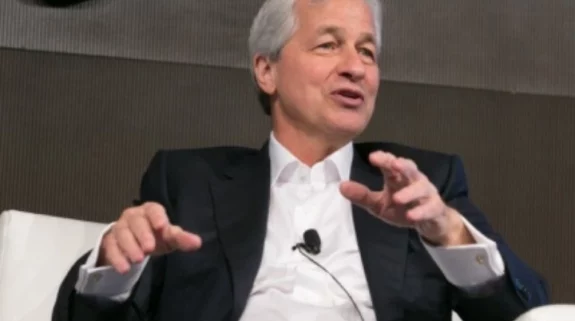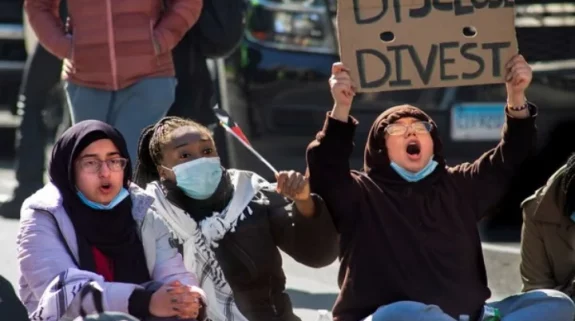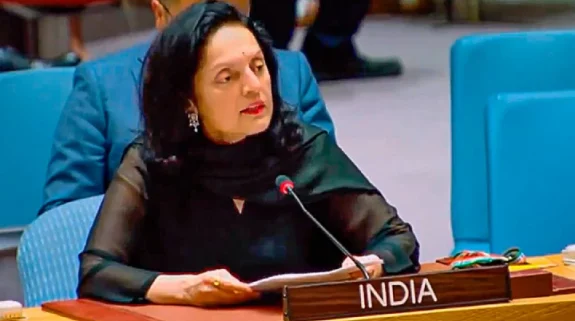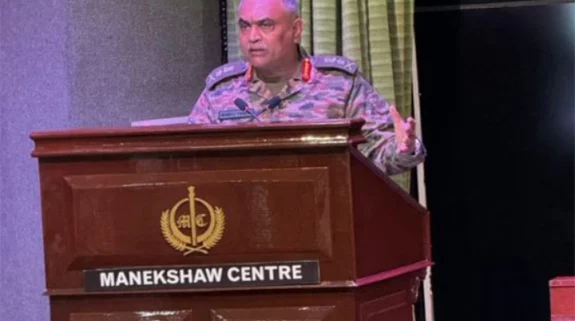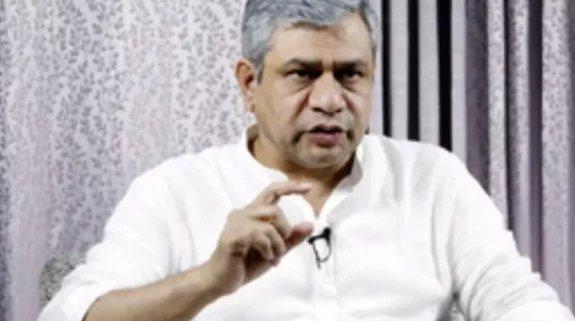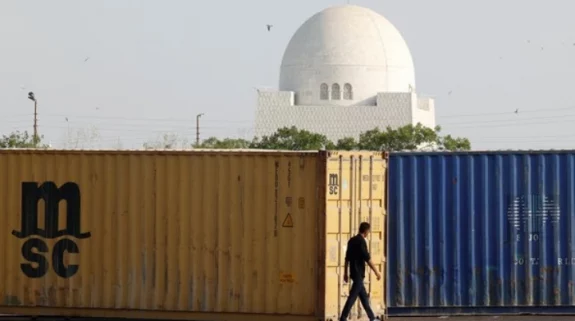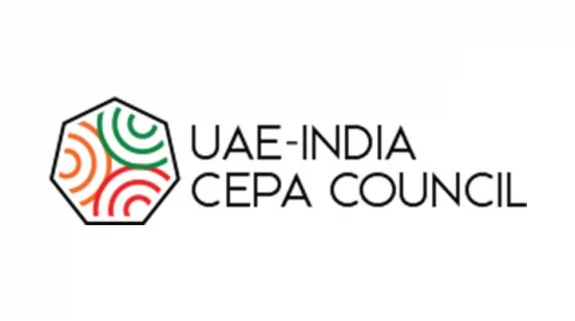The much awaited in-person meeting between Prime Minister Narendra Modi and Russian President Vladimir Putin has caught the world’s attention not only as it marks a shift in New Delhi’s foreign policy strategy but also serves as a platform for economic collaboration, specifically with an increased thrust on the Russian Far East (RFA) which is rich in oil, natural gas, iron ore, coal, wood and coal among other things.
The two countries are already exploring ways to jointly develop hydrocarbons in RFA and also on the Arctic belt.
“This partnership brings real mutual benefit to both states. Bilateral trade shows good dynamics; ties are actively developing in the energy sector, innovation, space, and the production of coronavirus vaccines and medicines,” Putin said last week.
Also read: First-ever India-Russia 2+2 dialogue begins in Delhi, Modi-Putin meeting to follow
Modi visit to Vladivostok, the capital of Russian Far East in 2019 as the Chief Guest for the Fifth Eastern Economic Forum, kicked off a new phase in India’s engagements in the region.
"We are starting a new era of cooperation in the Indo-Pacific region," Modi said while announcing a $1 billion credit line. The two leaders also proposed to develop the Chennai Vladivostok Maritime Corridor– a sea link between Vladivostok and Chennai. Work is underway to make this sea link efficient.
India's overall investment in Russian oil and gas projects is more than $15 billion, making it the single largest destination of Indian overseas.
Until now, bilateral trade between India and Russia has remained low. During April 2020-March 2021 trade between the two countries stood at $8.1 billion though New Delhi and Moscow have now set a target at $30 billion by 2025. Compare this with Russia-China trade. In 2019, trade between Moscow and Beijing hit $110 billion.
“While at this point the target may look steep, the two countries have an untapped potential. Until now relations have been driven by G2G (government to government) dealings. But now both the countries are looking at increasing investments,” Anil Trigunayat, former ambassador and Distinguished Fellow at Vivekananda International Foundation told India Narrative. Trigunayat pointed out that until now the “economic side” has been the “weakest link.”
“But with India’s focus on RFA from 2019, things are changing rapidly,” he said. “It should not be confined just to energy but other areas such as gems and precious metal must also get the due focus,” Trigunayat said.
The region is also rich in diamond, gold and silver and India being one of the largest exporters of jewellery, the precious metal segment will also be critical for New Delhi.
Russia has done its bit to draw investments in the region. One of the most critical sops includes a five-year tax holiday for future investors in the region. According to Invest India, the RFE currently has the lowest level of taxation of any region within the Asia-Pacific.
Also read: The external dimensions of India-Russia relations
The RFE region however is “in dire need of human resources.” Though the Far East region covers close to 40 per cent of Russia’s land, it houses less than 5 per cent of the Russian population.
Trigunayat said that this also provides a unique opportunity to Indian investors to gain a pole position.
The Invest India — the nodal body under the Ministry of Commerce and Industry, facilitating investments in the country, noted that the RFE can fulfill India’s need for resources and provide an undeniable strategic advantage.
However, implementation and specific time bound measures will be now key.






